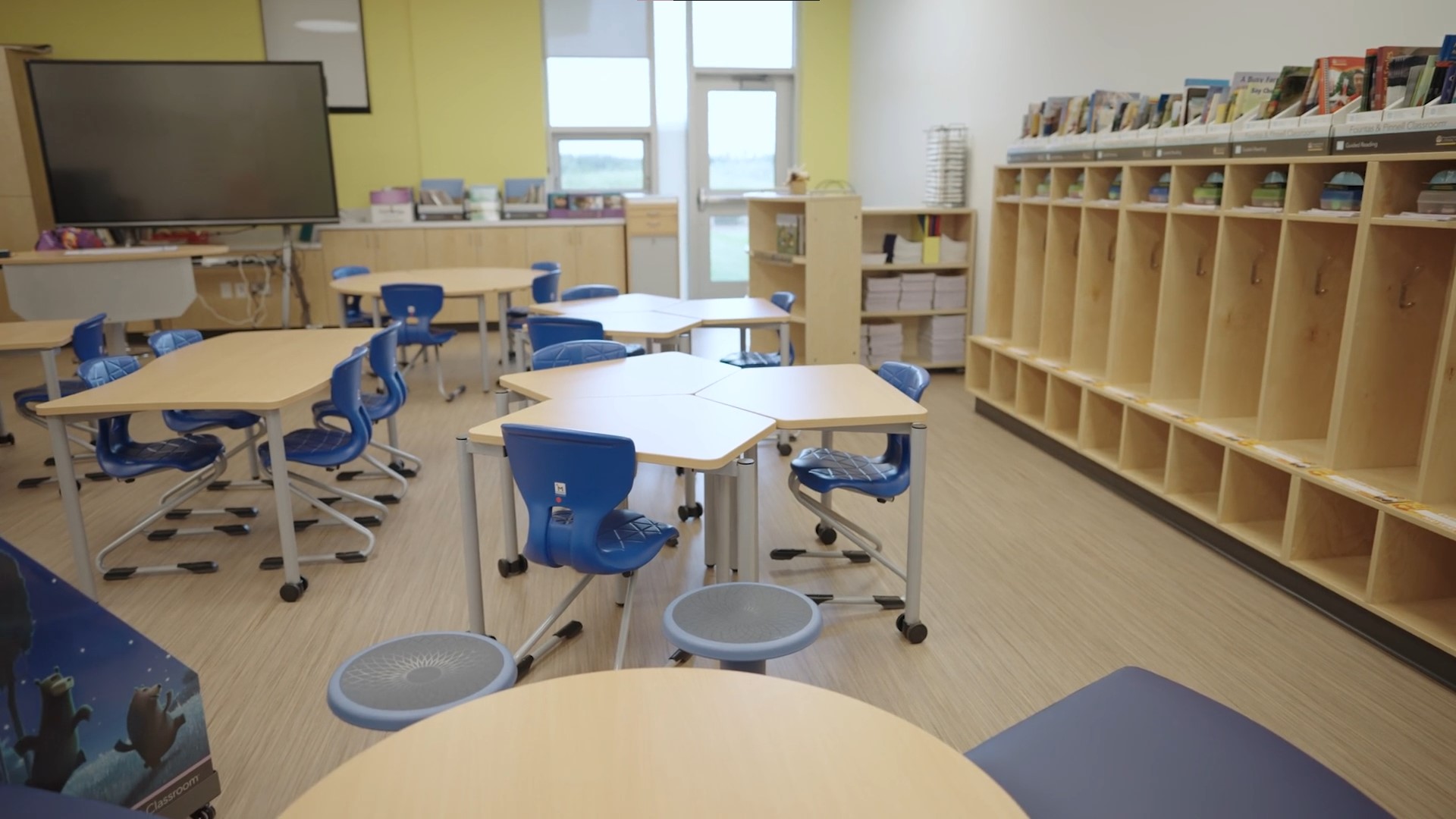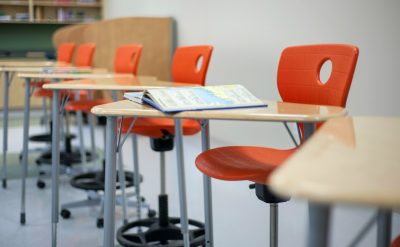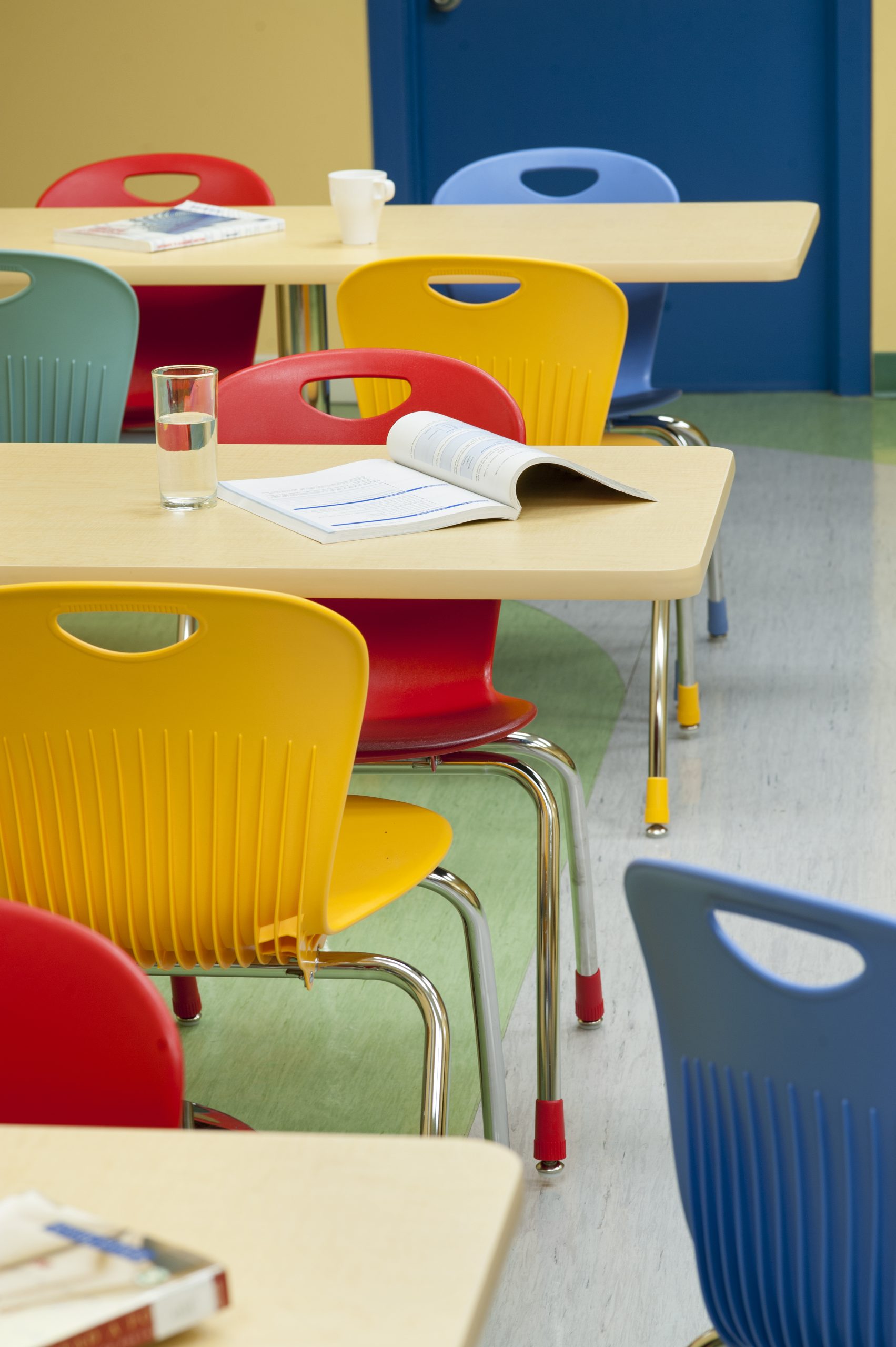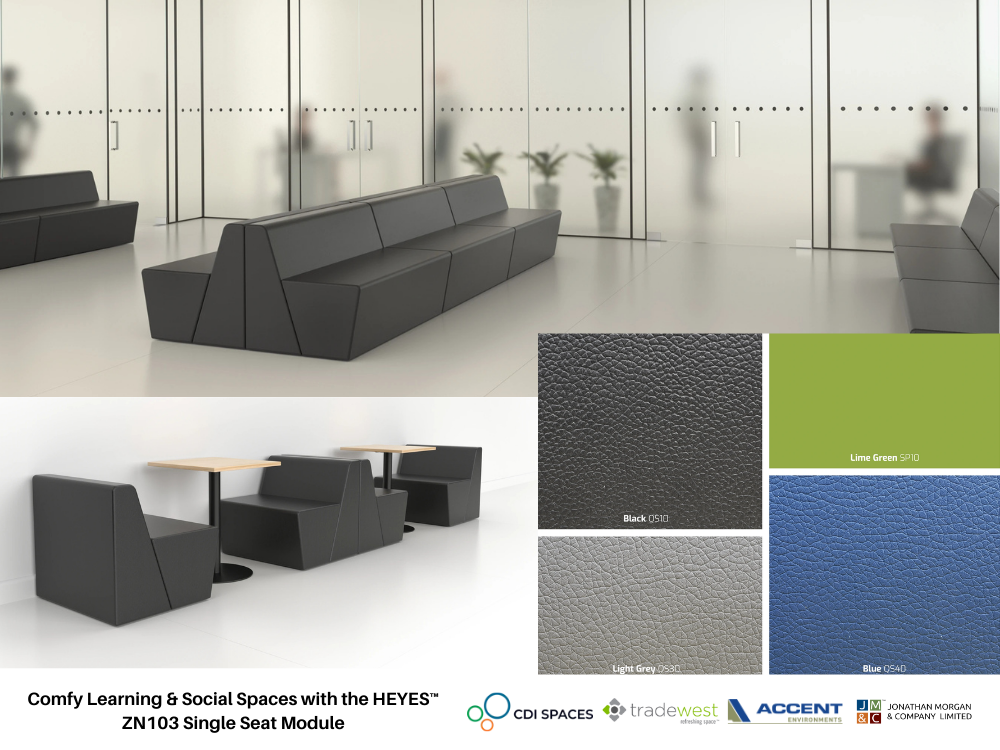
Design Highlight
The significance of the learning or working environment cannot be overstated. Cramped classroom tables and dimly lit spaces do little to foster productivity or engagement. Instead, an optimally designed collaborative space can serve as a catalyst for critical thinking, creativity, and effective communication. By strategically incorporating versatile school tables equipped with casters, educators and professionals alike can transform a mundane setting into a dynamic hub of activity and innovation. The mobility afforded by these tables not only enhances the flexibility of the space but also encourages collaboration and interaction among participants. Moreover, the adaptability of such furnishings allows for quick reconfiguration, facilitating various teaching

methodologies or project requirements. Beyond mere functionality, the aesthetic appeal and ergonomic design of these tables contribute to a conducive learning or working environment, promoting comfort and focus. Thus, investing in well-planned collaborative spaces equipped with adaptable furniture is not just a matter of convenience but an investment in facilitating holistic development and maximizing productivity..
“…collaborative spaces must allow members to work independently or with one another. Cooperative learning spaces may contract when the group comes together to discuss the project and then expand as individuals separate from one another to work on their specific tasks. This separation might simply entail moving their seating position a few feet away from the group space, or it might mean moving into another space altogether…These spaces may be determined by fixed features in the physical environment such as a grand stair, window seat, or built-in countertops along a wall or table. The flexibility of these settings comes from how learners use the spaces between these fixed features. These settings support the use of a number of technologies while allowing learners to work in a variety of social groupings.”
Designing Collaborative Spaces for Schools - Peter C Lippman Tweet

In the realm of education, dynamic classroom tables emerge as the unsung heroes of collaborative spaces. These versatile furnishings not only facilitate movement but also play a pivotal role in defining and transforming learning environments. With the shift towards student-centered learning gaining momentum, the importance of well-planned collaboration spaces in schools cannot be overstated.
Research conducted by Clinton, V. & Wilson, N. (in press), titled "More than chalkboards: Classroom spaces and collaborative learning attitudes," underscores the significance of collaborative spaces in enhancing student concentration and engagement. The findings highlight how students in active learning environments perceive the collaborative space as conducive to their learning experience.
At the core of any effective collaboration space lie flexible and adaptive tables, designed to cater to diverse teaching and learning styles. These tables serve as the linchpin, facilitating seamless transitions between group work, one-on-one interactions, and individual tasks. Architect Peter Lippman, in a seminal article for THE Journal in 2013, emphasized the importance of designing collaborative spaces tailored to the unique needs of educational institutions.
Lippman's insights underscore the critical role of flexibility in fostering an environment conducive to collaboration and learning. As educators strive to create dynamic and inclusive learning environments, the ability of collaboration spaces to accommodate diverse pedagogical approaches becomes paramount. Flexible furnishings, such as dynamic classroom tables, empower teachers to adapt their instructional strategies to meet the evolving needs of their students.
In essence, the success of collaborative learning hinges on the thoughtful design and integration of flexible furniture solutions. By embracing the principles of adaptability and versatility, schools can cultivate environments that inspire creativity, foster collaboration, and empower students to thrive in the 21st-century learning landscape.
In school design, regardless of budget constraints, certain essentials are crucial for crafting functional collaborative spaces. These fundamental elements lay the groundwork for fostering dynamic interactions and maximizing learning potential:
Flexible Furniture: Easy-to-move furniture is indispensable for creating adaptable group configurations and facilitating seamless transitions within the collaborative space. This flexibility not only promotes mobility but also accommodates changes in group dynamics and activities throughout the work period.
Collaborative Writing Tools: A collaborative workspace must provide a means for sharing and contributing ideas collectively. Incorporating a collaborative writing surface, whether it's a mobile whiteboard or whiteboard desks, enables students to brainstorm, visualize concepts, and engage in collaborative problem-solving effectively.
Digital Collaboration Infrastructure: With the increasing digitization of learning environments, it's imperative for collaborative spaces to support digital collaboration. Ample access to power outlets and technology integration ensures that students can leverage digital tools and resources to collaborate seamlessly, fostering creativity and innovation.
By integrating these three essentials, schools establish the foundation of a functional collaborative workspace. However, to elevate the space into an environment that inspires and motivates students, additional elements can be incorporated:
Soft Seating: The inclusion of comfortable and inviting seating options enhances the ambiance of the collaborative space, encouraging relaxation and creativity. Soft seating areas provide students with alternative work environments, fostering a sense of comfort and belonging.
Sit-Stand Desks: Incorporating sit-stand desks promotes ergonomic health and flexibility, allowing students to adjust their workstations according to their preferences. This adaptability supports active learning strategies and encourages movement, contributing to improved focus and engagement.
By combining these foundational elements with additional features that prioritize comfort, flexibility, and student well-being, schools can transform their collaborative spaces into vibrant hubs of learning and innovation. Regardless of budget limitations, thoughtful design and strategic integration of essential elements can create collaborative environments that inspire collaboration, creativity, and academic success.
For a quarter of a century, Jonathan Morgan and Company has been at the forefront of designing spaces and providing top-quality furniture solutions. With 25 years of experience under our belt, our dedicated team boasts an extensive wealth of product expertise and design knowledge. From conceptualization to execution, we draw upon our vast array of resources to deliver innovative and tailored solutions that meet our clients' needs and exceed their expectations.
Sources




